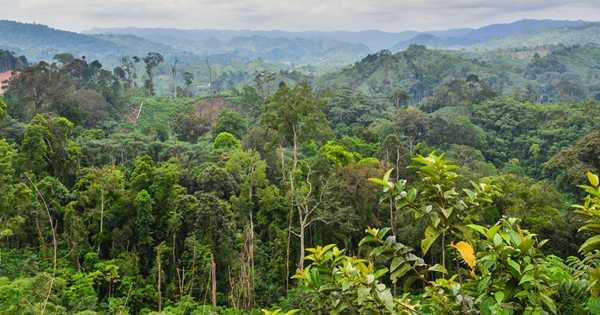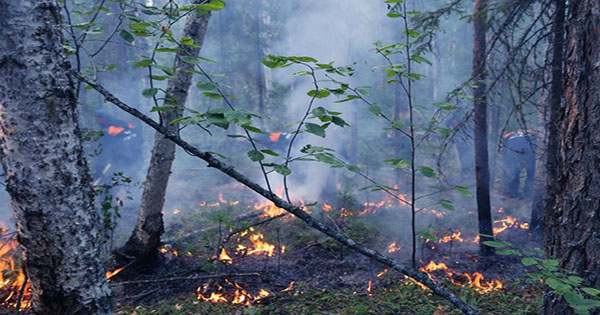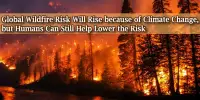Restoration ecology is a scientific discipline concerned with the process of repairing degraded or damaged ecosystems and returning them to a more natural state. The goal of restoration ecology is to bring back the biological diversity, structure, and functions of ecosystems that have been lost or damaged due to human activities such as deforestation, urbanization, agriculture, and pollution. The goal of restoration ecology is to return an ecosystem to its historical state, or to create a new system that provides similar ecological services to the original one.
Restoration ecology is the scientific study that underpins ecological restoration, which is the practice of renewing and restoring degraded, damaged, or destroyed ecosystems and habitats in the environment through active human intervention and intervention. Effective restoration necessitates an explicit goal or policy, preferably one that is unambiguous, articulated, accepted, and codified. Restoration objectives reflect societal choices among competing policy priorities, but obtaining such objectives is typically contentious and politically difficult.
Process of restoration ecology
The process of restoration ecology involves various steps, including assessment of the damaged ecosystem, selection of appropriate species and ecosystems to restore, design and implementation of restoration plans, monitoring and evaluation of the progress, and management of the restored ecosystem to ensure its continued success.
Restoration ecology also involves the use of various techniques, such as reforestation, soil conservation, wetland creation, and the removal of invasive species. In some cases, the restoration of damaged ecosystems may also involve the reintroduction of native species that have become extinct in the area. The process of restoration can be challenging, as it requires a thorough understanding of the ecological processes and species interactions that drive the ecosystem, as well as the ability to manage multiple competing demands and stakeholder interests.
Importance
Restoration ecology is important for preserving biodiversity and promoting the sustainability of ecosystems, as well as for mitigating the effects of climate change. By restoring degraded or damaged ecosystems, we can also improve the quality of life for humans and provide numerous other ecological, economic, and social benefits.
Natural ecosystems provide ecosystem services in the form of resources such as food, fuel, and timber; air and water purification; waste detoxification and decomposition; climate regulation; soil fertility regeneration; and crop pollination. The annual value of these ecosystem processes has been estimated to be in the trillions of dollars. There is consensus in the scientific community that the current environmental degradation and destruction of many of Earth’s biota are taking place on a “catastrophically short timescale”.
Scientists estimate that the current rate of species extinction, or Holocene extinction, is 1,000 to 10,000 times greater than the normal, background rate. Loss of habitat is the leading cause of both species extinctions and declines in ecosystem services.
















